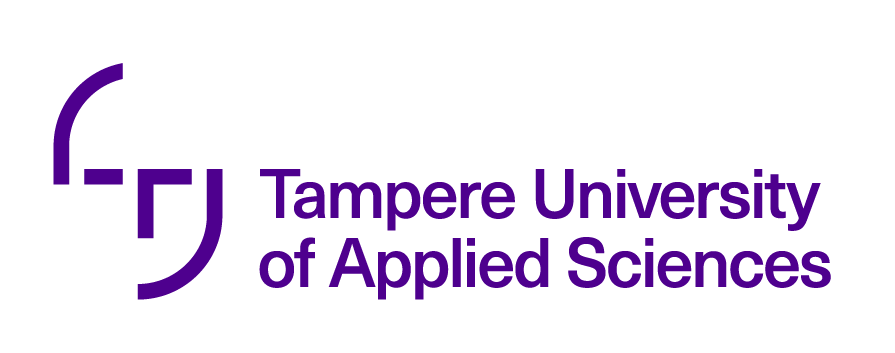Textile Dyeing and Finishing (5 cr)
Code: 5M00FX47-3001
General information
Enrolment period
08.01.2024 - 21.02.2024
Timing
22.01.2024 - 24.05.2024
Credits
5 op
Mode of delivery
Contact teaching
Unit
Textile and Material Engineering
Campus
TAMK Main Campus
Teaching languages
- English
Seats
10 - 30
Degree programmes
- Cross-study in the Tampere Universities Community
- Bachelor's Degree Programme in Textile and Material Engineering
Teachers
- Tekstiili- ja materiaalitekniikka Virtuaalihenkilö
- Marja Rissanen
Person in charge
Marja Rissanen
Groups
-
23TEMA
-
22TEMA
Objectives (course unit)
The student has an basic understanding of dyeing, printing, and finishing processes and techniques.
The student has an overview of the textile chemistry required in these processes
Content (course unit)
Basic principles and procedures and techniques for the preparation, dyeing, printing, and finishing of natural and man-made fibers.
The chemical nature of dyes and fastness properties, the chemical nature of finishes used to impart specific end-use properties.
Basics of textile chemistry related to these processes.
Assessment criteria, satisfactory (1-2) (course unit)
Knowing
The student can understand the basic dyeing and finishing processes and understand the effect of these processes into the textile quality and properties.
Acting
The student can solve simple problems that are comparable to the tasks covered in the course.
Being
The student takes responsibility for his or her own performance.
Assessment criteria, good (3-4) (course unit)
Knowing
The student is able to independently explain the most important textile dyeing and finishing processes and technologies related to the topic. The student understand the effect of these processes into the textile quality and properties at more advanced level.
Acting
The student is able to apply his / her knowledge and perform basic and more demanding tasks.
Being
The student takes responsibility for his / her performance and commits not only to his / her own activities but also to the activities of the group.
Assessment criteria, excellent (5) (course unit)
Knowing:
The student has a comprehensive understanding of the textile dyeing and finishing processes and understand the effect of these processes into the textile quality and properties at more advanced level.
Acting:
The student is able to solve challenging and applied tasks. The student is able to look for different solution options and justify his / her choice.
Being:
The student can cooperate responsibly, flexibly and constructively, develops his/her own and the group's interaction, works responsibly and in a committed manner considering the community and field requirements.
Location and time
Period 3 and 4
Kauppi campus
Exam schedules
Given in Moodle
Assessment methods and criteria
Exam 80%
Report 20%
Assessment scale
0-5
Teaching methods
Lectures, discussions, group work, laboratory exercises, company visits and visiting lectures
Learning materials
Lecture notes
Literature:
- Clark, M. (2011) Handbook of Textile and Industrial Dyeing: Volume 1, Principles, Processes and Types of Dyes. Elsevier Science & Technology.
- Clark, M. (2011) Handbook of textile and industrial dyeing : Volume 2, Applications of dyes. Oxford: Woodhead Pub.
- Burkinshaw, S. M. (2016). Physico-Chemical Aspects of Textile Coloration, John Wiley & Sons, Inc.
- The Coloration of Wool and Other Keratin Fibres (2013). ed. by David M. Lewis, and John A. Rippon, John Wiley & Sons.
Student workload
5 credits: 133 hours
50 hours contact teaching (lectures, exercises, visits etc.)
83 hours independent learning (reading material, writing reports)
Practical training and working life cooperation
Company visits and visiting lectures
